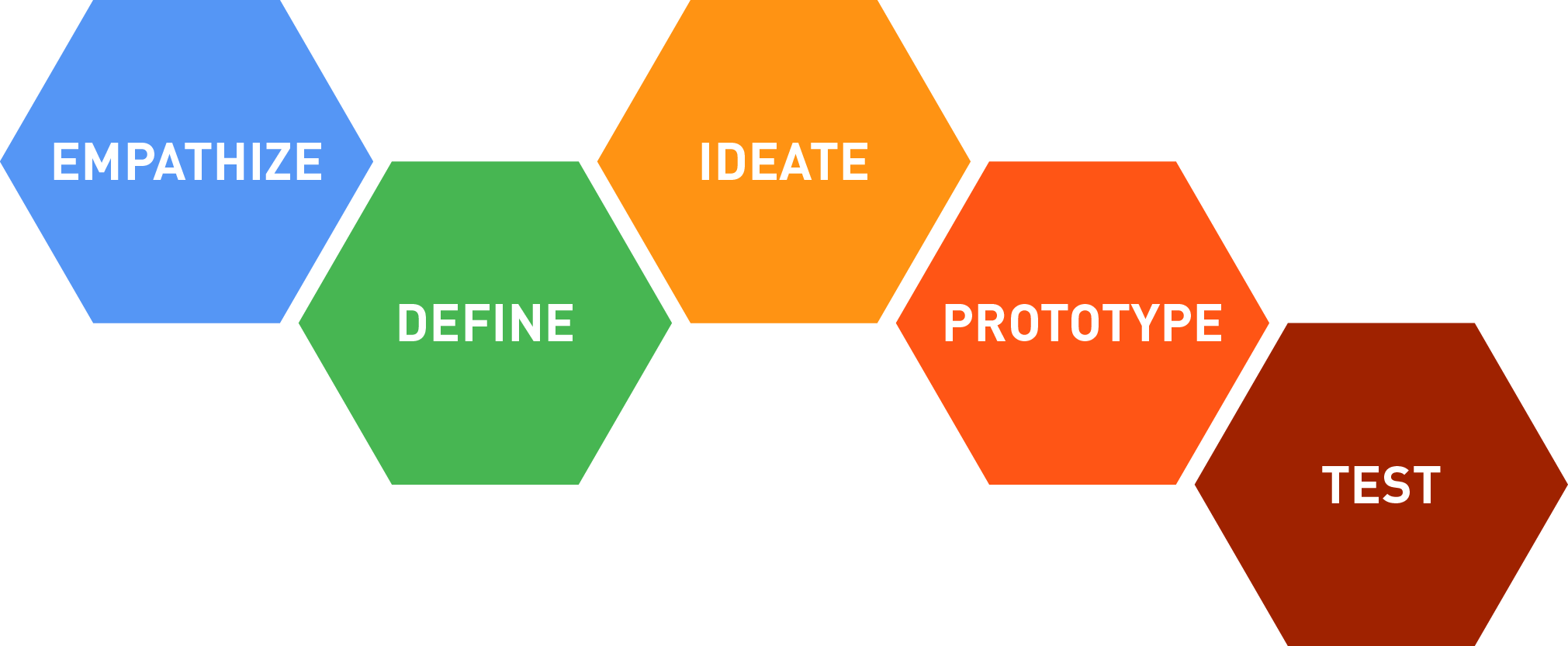The government of Australia has already outlined a number of initiatives, related to digital transformation, in the Budget 2017-18, stating that they are working to modernize and consolidate their systems, also training their staff members in various digital skills. Being the key solution to adopt advancements of technology, digital transformation, and its proper implementation, are crucial for existing businesses in Australia.
See also: AI Technology and Customer Service
With the advancement of consumer technology, there is also a transformation of the various ways in which a consumer explores, discovers, buys or engages with your services and products, allowing them to shift their behavior from traditional boundaries.
The Most Effective Digital TransformationPractices
1. Create an Exceptional Digital Team
The most effective practice for digital transformation is to build a high performance and efficient digital team. To utilize the team purposefully, management must strive to make a team of individuals with varied backgrounds. This makes them a dynamic team that is well equipped to lead in the digital world.
To be more precise, these individuals know how to deal with the odds and be comfortable with the uncomfortable business situations, ensuring a consistent journey towards digital transformation. It is important for a digital team to keep the mindset of experimentation. This in turn, significantly helps in shifting the mindset of the whole organization in lesser time and more efficiently.
2. Follow through with the Shared Vision
Digital transformation must be a shared vision to reach a favorable outcome. In this way, an organization can achieve the complete transformation with successful implementation through the organizational structure, by means of a series of projects and different combinations of new initiatives.
This practice brings a lot of responsibility for the management in terms of bringing the people together, creating and clearly communicating a shared vision, convincing people to strive hard for that vision and to work mutually and collectively, to not only figure out the approach but to ensure its attainment.
3. Thinking from the Outside-In
To adopt and implement digital transformation, the best practice is to build the culture of thinking from the outside-in i.e. from the perspective of the consumer experience. To keep it more accurate, make a good combination of analytics and user experience that will help in driving the consumer-oriented strategy. The most important factor is to prevent a fall to the level where it fails to meet the expectations of the end consumer.
The process of changing the existing working patterns of an organization requires efforts in the right direction. Expanding an existing platform of an organization may demand contributions and acceptance of changes organization-wide. To keep efforts in the right direction, the first thing is to do only what is truly required and not being done for the sake of digital transformation.
4. Analytical and Experimental
There is no right way to attain digital transformation. This extensive transformation requires hours of experimentation, and accurate analytical thinking, before reaching the desired outcome. Become experimental and analytical, and try something outside the box – an initiative, which will help in opening new and better ways to measure the performance immediately. While planning has its own importance in digitally transforming an organization’s culture, the best practice is to think and implement it in shorter cycles and to apply the information and strategies accurately.













